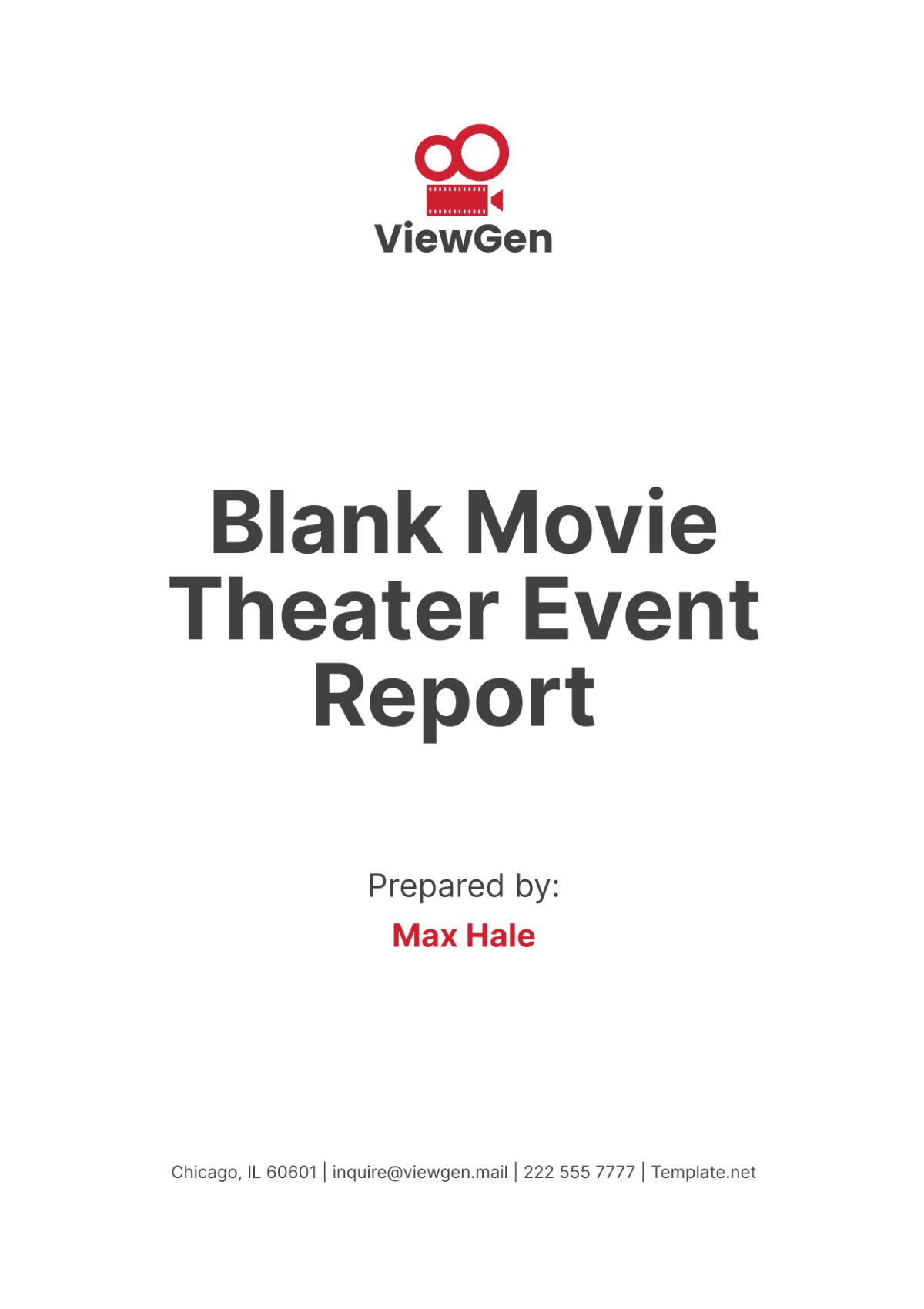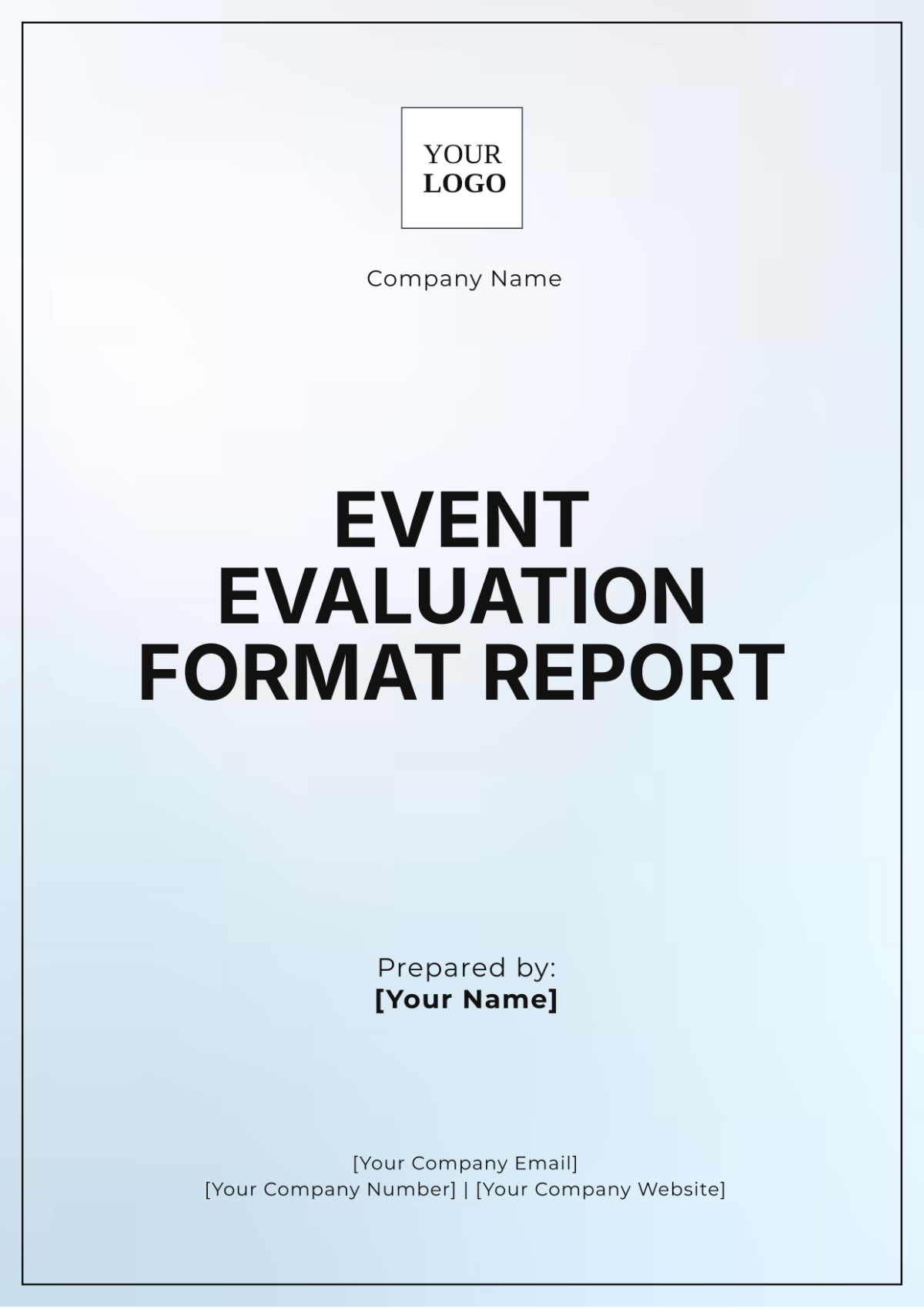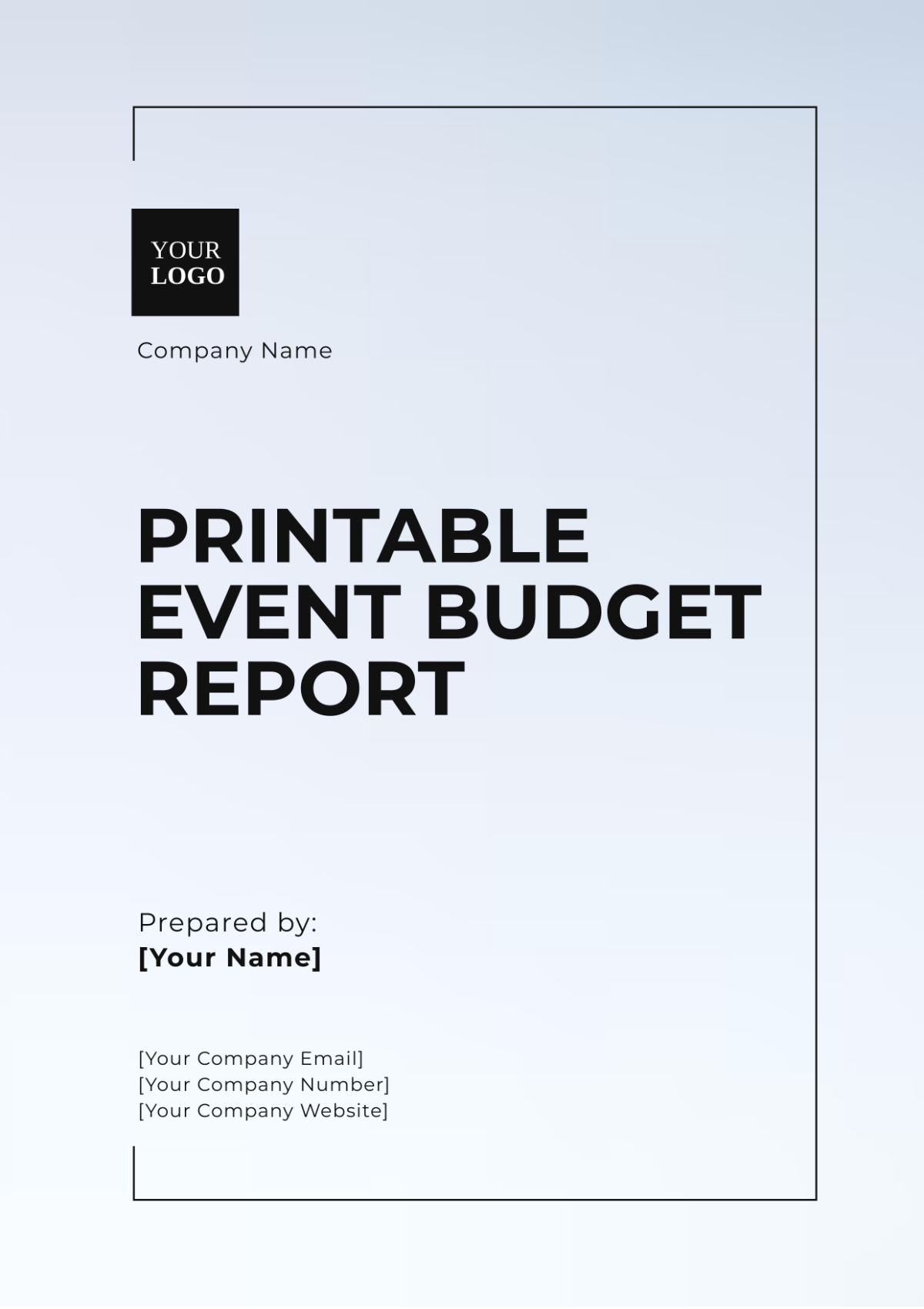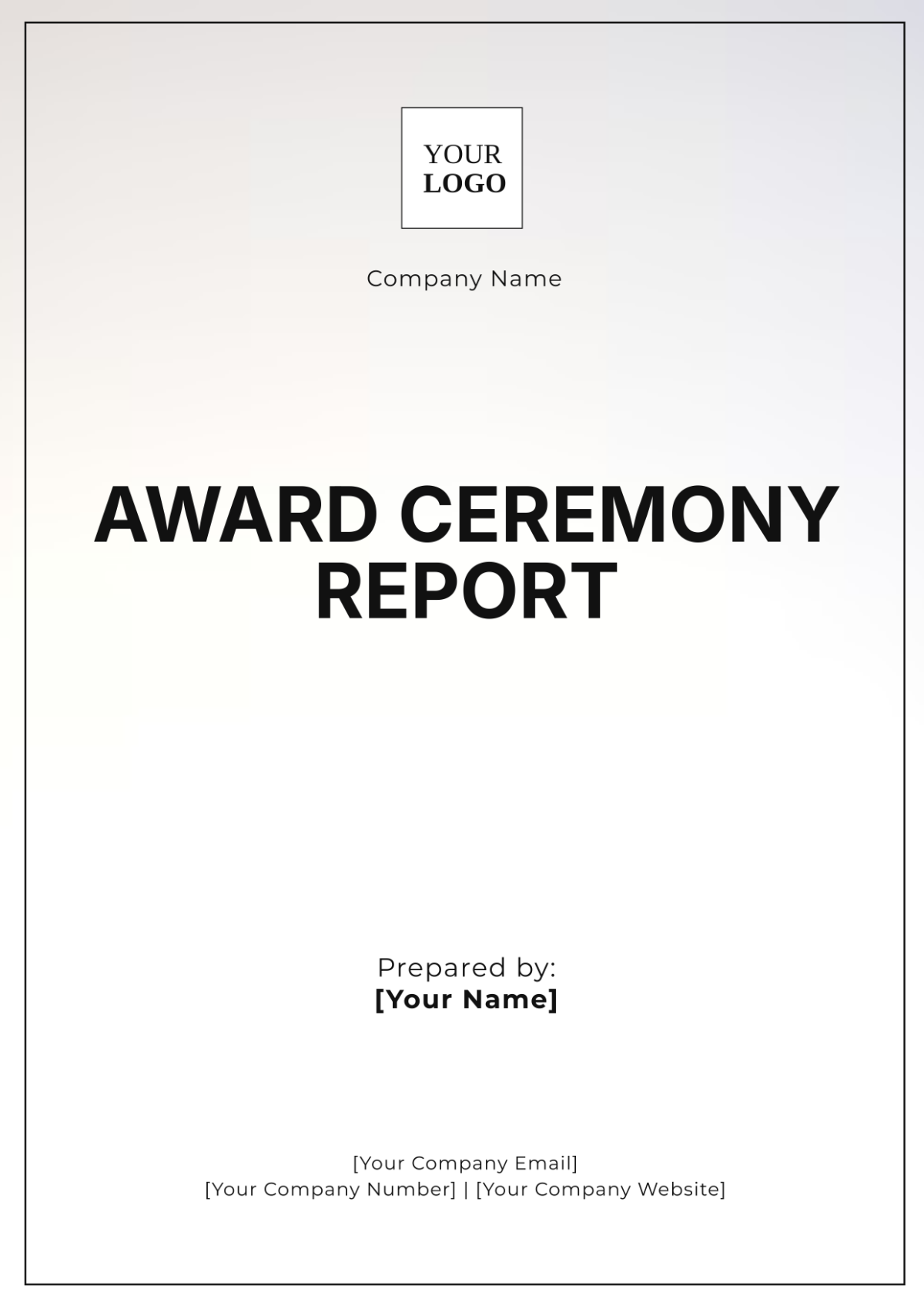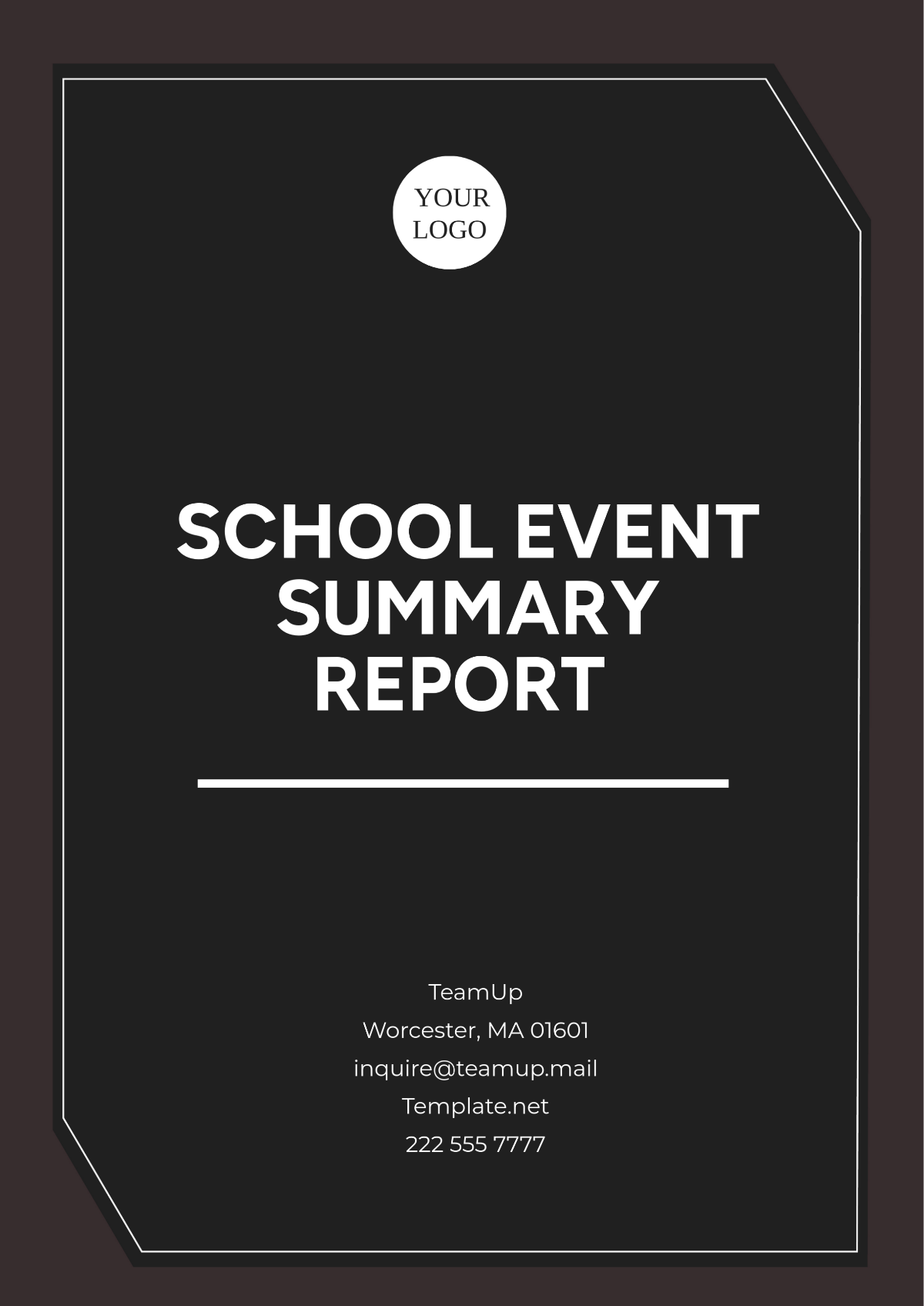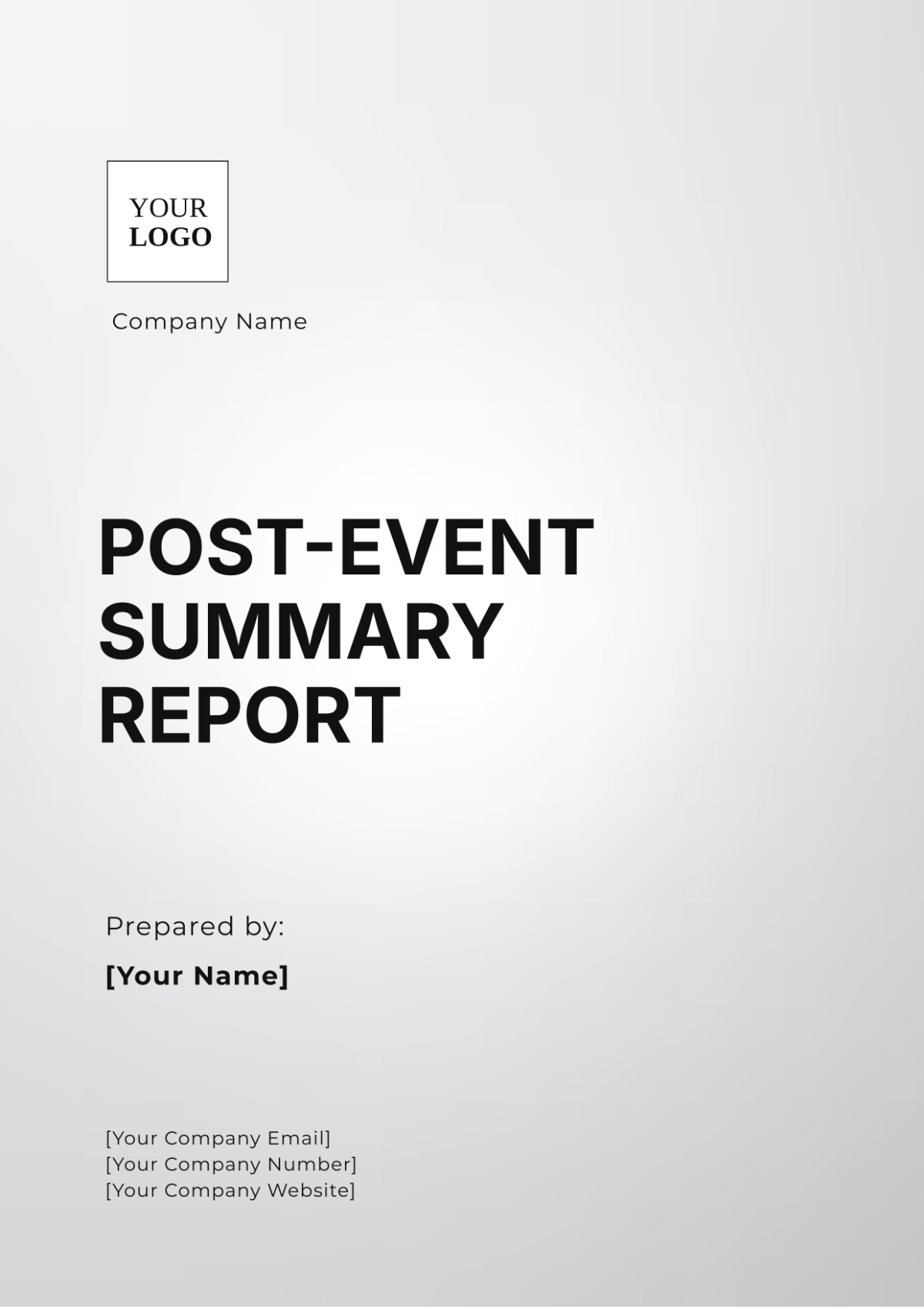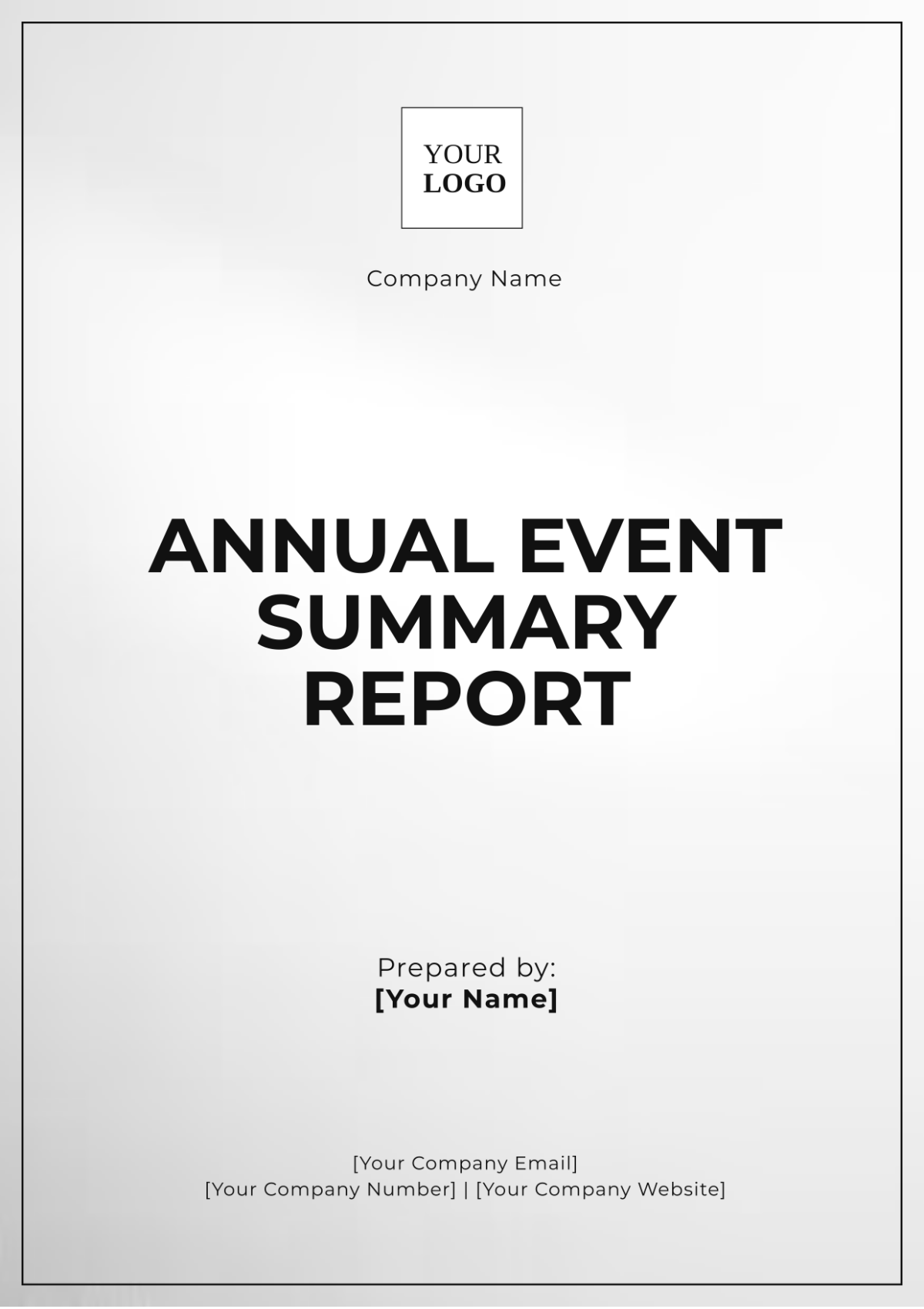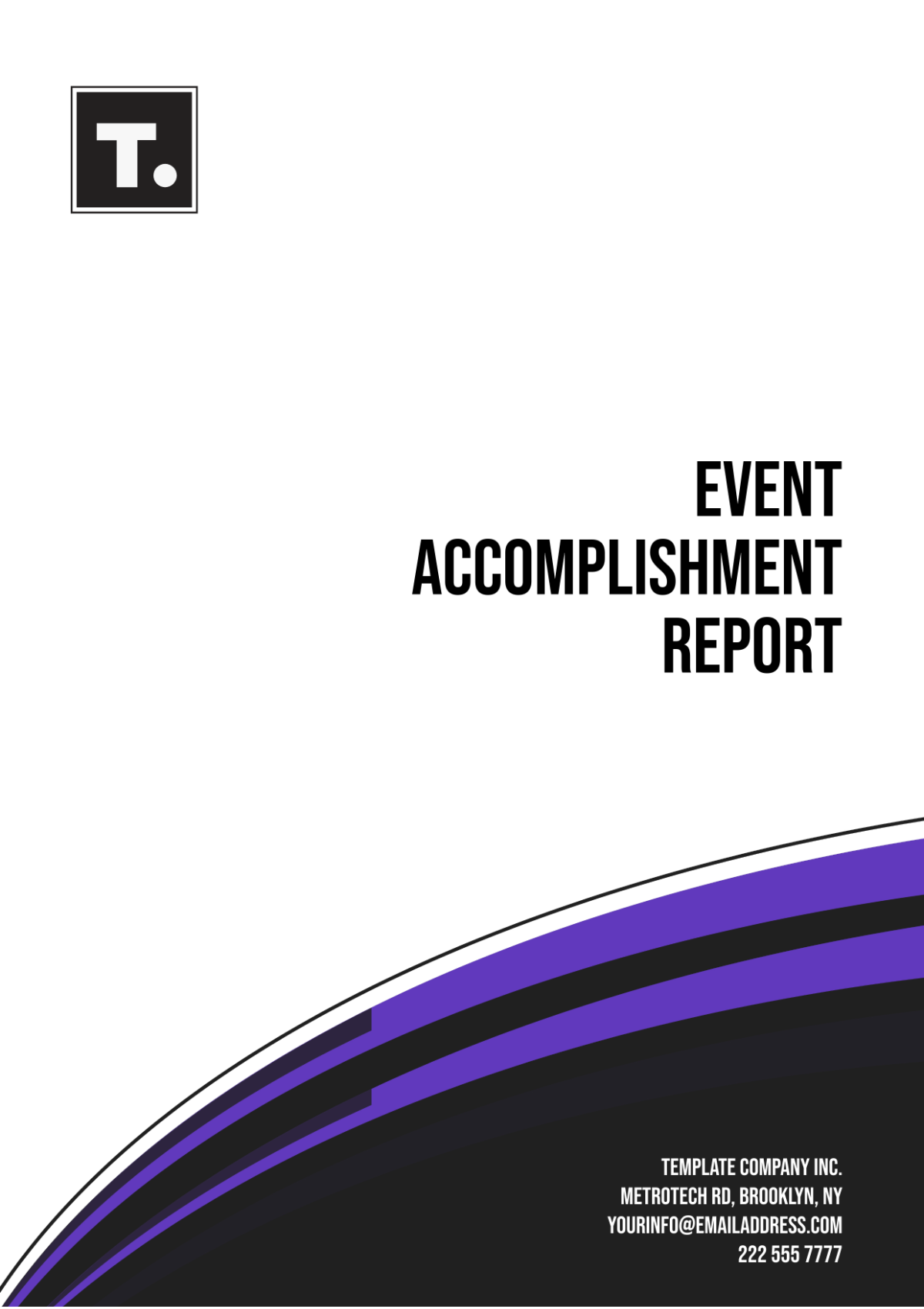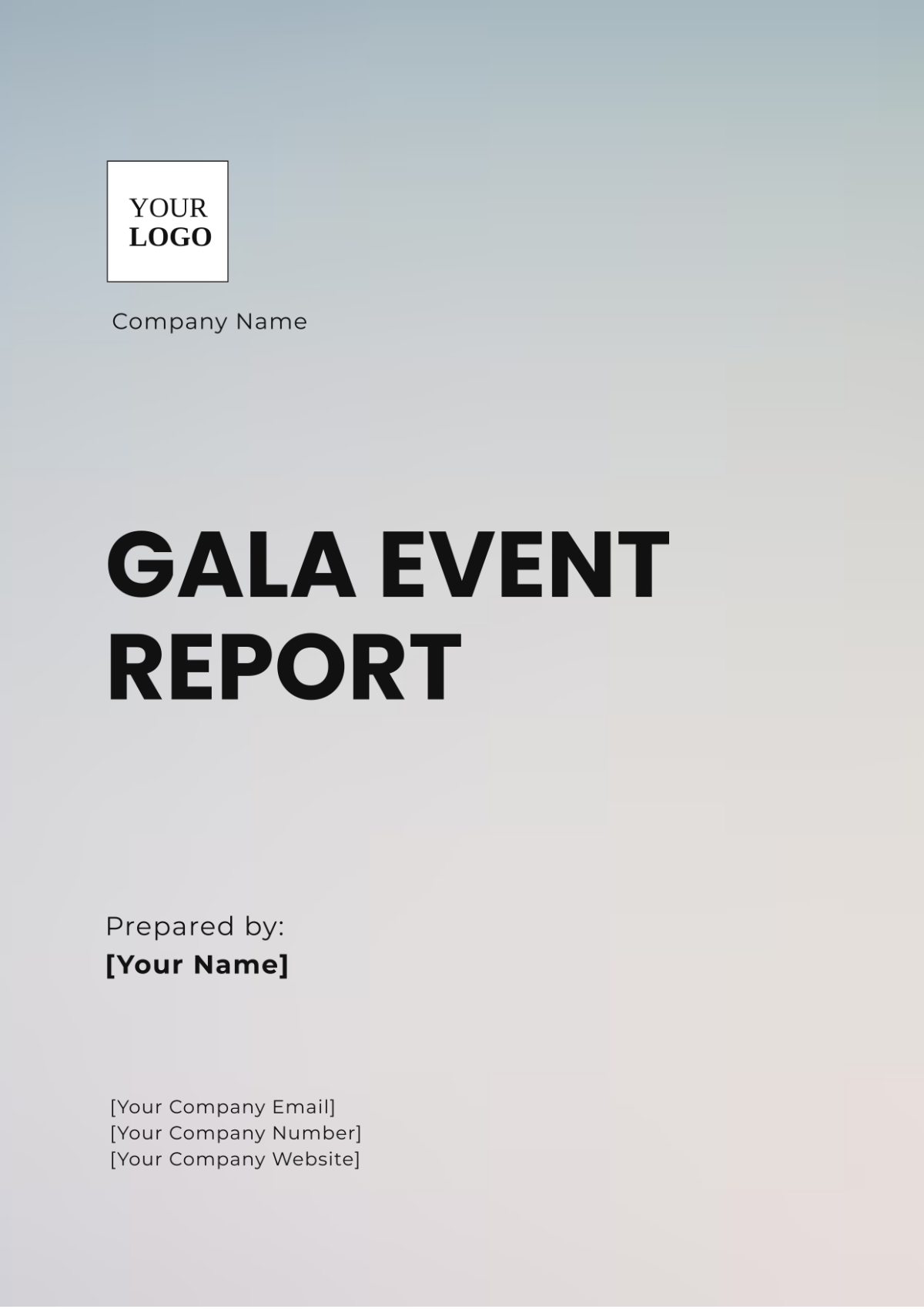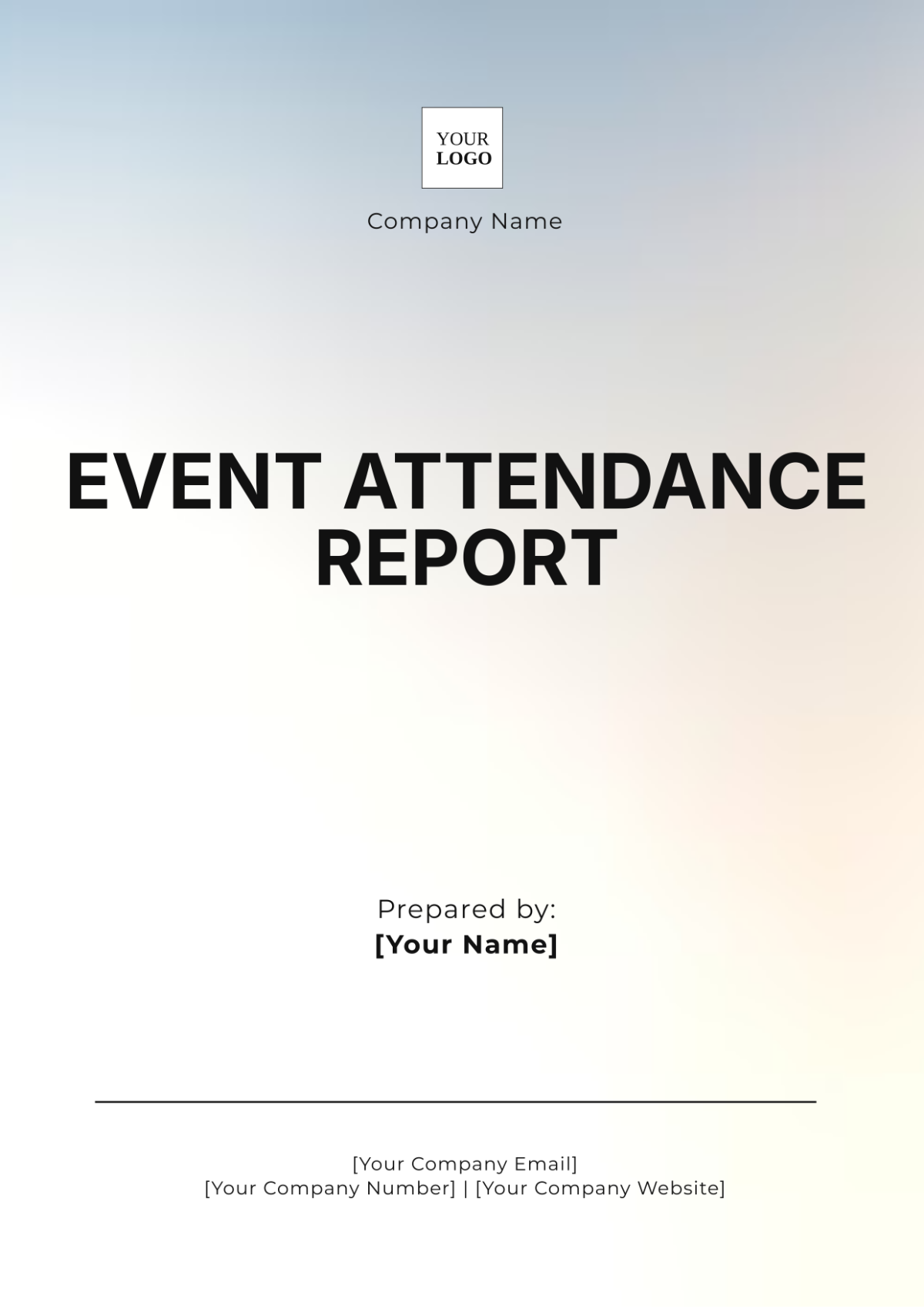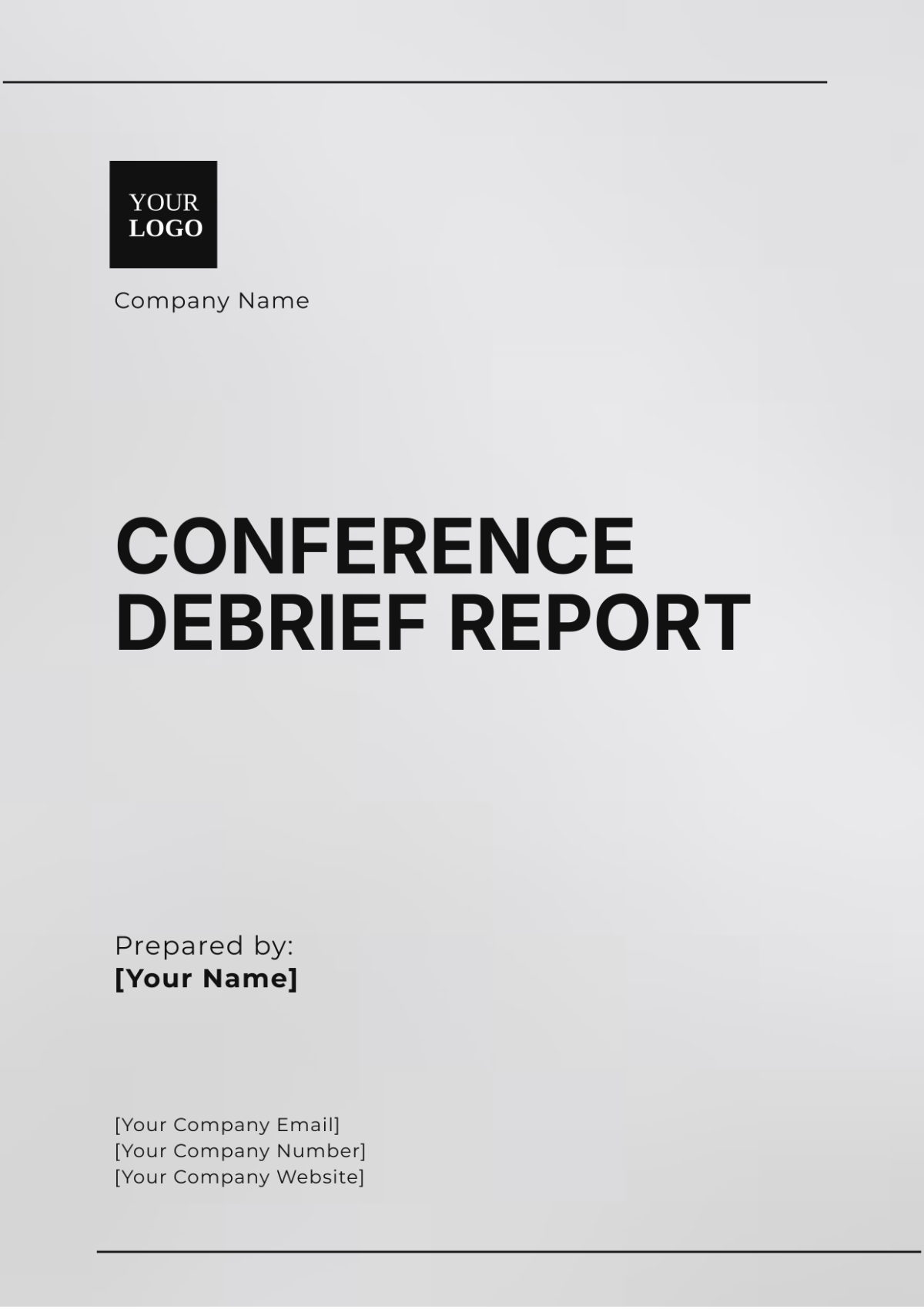Blank Movie Theater Event Report
Introduction
(An event report for a movie theater provides a detailed analysis of a specific event, including planning, execution, and outcomes. This document serves as a guide to help you structure a comprehensive event report. Follow the instructions in each section to develop your customized report.)
1. Event Overview
Introduction
(The event overview provides a brief summary of the event, including its purpose, date, and location. This section sets the stage for the detailed analysis that follows.)
1.1 Event Purpose
(Describe the main purpose of the event. Explain why the event was organized and what goals it aimed to achieve, such as promoting a new movie release, community engagement, or fundraising.)
1.2 Event Details
(Provide key details about the event, including the date, time, location, and duration. Mention any special themes or highlights that were part of the event.)
1.3 Target Audience
(Identify the target audience for the event. Include demographic information such as age group, interests, and any specific groups that were targeted.)
2. Planning and Preparation
Introduction
(This section outlines the planning and preparation activities that were undertaken to organize the event. It includes details on the timeline, team roles, and logistical arrangements.)
2.1 Timeline
(Outline the timeline for planning the event. Include key milestones such as initial planning meetings, securing the venue, marketing activities, and final preparations.)
2.2 Team Roles and Responsibilities
(Describe the roles and responsibilities of the team members involved in organizing the event. Include information on the event coordinator, marketing team, logistics team, and any volunteers.)
2.3 Budget and Resources
(Provide an overview of the budget allocated for the event. List the major expenses, such as venue rental, marketing, staff, and materials. Mention any resources that were secured, such as sponsors or in-kind donations.)
2.4 Marketing and Promotion
(Explain the marketing and promotional strategies used to attract attendees. Include details on advertising channels, social media campaigns, partnerships, and any special promotions.)
3. Event Execution
Introduction
(This section provides a detailed account of the event execution. It covers the activities that took place during the event, the schedule followed, and any challenges encountered.)
3.1 Event Schedule
(Provide a detailed schedule of the event, including the start and end times for each activity. Include information on keynote speeches, movie screenings, entertainment, and breaks.)
3.2 Attendance
(Report on the attendance at the event. Include the total number of attendees, as well as a breakdown by ticket type or audience segment. Mention any notable guests or VIPs.)
3.3 Activities and Highlights
(Describe the main activities and highlights of the event. Include details on any special performances, guest speakers, interactive activities, and unique experiences offered to attendees.)
3.4 Challenges and Solutions
(Identify any challenges or issues that arose during the event. Explain how these challenges were addressed and resolved. Mention any lessons learned that could improve future events.)
4. Event Outcomes
Introduction
(This section analyzes the outcomes of the event in relation to the initial goals. It includes quantitative and qualitative data to measure the success of the event.)
4.1 Financial Outcomes
(Provide a detailed analysis of the financial outcomes of the event. Include revenue generated from ticket sales, sponsorships, and merchandise. Compare the actual revenue to the projected revenue.)
4.2 Attendee Feedback
(Summarize the feedback received from attendees. Include information from surveys, comment cards, and social media. Highlight any positive feedback as well as areas for improvement.)
4.3 Media Coverage
(Report on any media coverage the event received. Include information on press releases, news articles, and social media mentions. Provide examples of the coverage and its reach.)
4.4 Achievement of Goals
(Evaluate whether the event achieved its initial goals. Use specific metrics to measure success, such as attendance numbers, engagement levels, and financial outcomes. Provide a summary of key achievements.)
5. Recommendations and Next Steps
Introduction
(This section provides recommendations for future events based on the analysis of the current event. It includes suggestions for improvement and next steps.)
5.1 Recommendations
(List recommendations for improving future events. Include suggestions related to planning, marketing, logistics, and attendee engagement. Mention any specific changes that could enhance the event experience.)
5.2 Next Steps
(Outline the next steps to be taken following the event. Include plans for follow-up with attendees, sponsors, and media. Mention any upcoming events or activities that are related to the current event.)
Conclusion
(Summarize the key points of the event report and reiterate the overall success and impact of the event. Emphasize the importance of the recommendations and next steps for future events.)
Appendices
(Include any additional information or documents that support the event report. This could include detailed financial statements, attendee lists, marketing materials, and survey results.)
Contact Details
For more information or inquiries, please contact:
[Your Name]
[Your Email]
[Your Company Name]
[Your Company Email]
[Your Company Address]
[Your Company Number]
[Your Company Website]
[Your Company Social Media]
This layout serves as a comprehensive guide for creating a movie theater event report. By following these instructions and tailoring each section to your specific event, you can develop a detailed and effective report that provides valuable insights and recommendations for future events.
Movie Theater Templates @ Template.net
